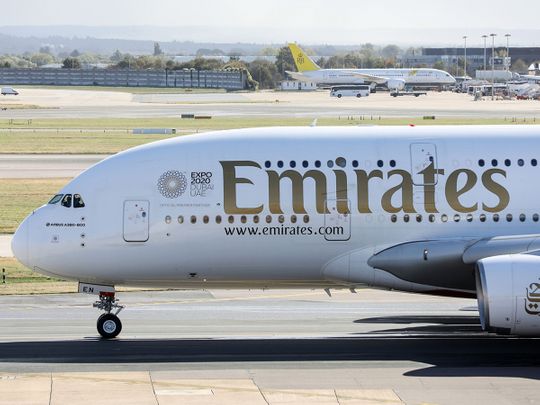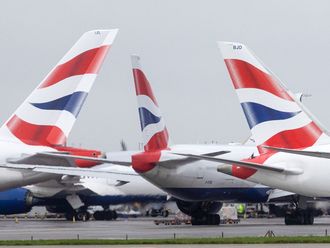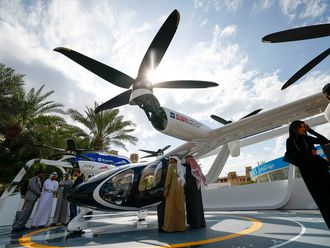
Dubai: Emirates Group reported significant progress in bringing down losses, while revenues were up 86 per cent to Dh66.2 billion for 2021-22.
After the extensive COVID-19 created disruptions of 2021 and which extended well into last year, Emirates airline brought about a massive reduction in losses to Dh3.9 billion compared to Dh20.3 billion the year earlier.
The airline’s revenues are up 91 per cent to Dh59.2 billion helped by a faster return to its pre-Covid capacity and the reinstating of more passenger flights. The airline capacity increased by 47 per cent over the year to 36.4 billion ATKMs, with the final five A380 aircraft added to the fleet.
The travel services and support division dnata had a profit of Dh110 million for the year, which is quite the turnaround from the Dh1.8 billion loss a year before. (Emirates' financial year starts April 1.)
Capital infusion and support
Emirates received a further capital injection of Dh3.5 billion from the Dubai Government, and the Group tapped on various industry support programmes and availed a total relief of nearly Dh800 million in 2021-22.
Emirates’ total passenger and cargo capacity increased by 47 per cent to 36.4 billion ATKMs (available tonne kilometres) in 2021-22, as the airline continued to reinstate passenger services across its network in line with the lifting of pandemic-related flight and travel restrictions.
Emirates said it had increased operations and capacity to over 140 destinations in the reporter year. The airline was serving only 120 destinations at the start of the financial year.
"Emirates was able to respond dynamically to serve customer demand wherever opportunities arose, thanks to the resilience of its people and business model,” it said in a statement. “In July, the airline launched a new route to Miami, bringing its total passenger gateways in the US to 12."
During this period, it phased out two older aircraft - a Boeing 777-300ER and one Freighter, leaving its total fleet count at 262.
Emirates said its order book of 197 aircraft remains unchanged at this time.
Emirates’ ‘strong’ cash balance
"This year, we focussed on restoring our operations quickly and safely wherever pandemic-related restrictions eased across our markets,” said Sheikh Ahmed bin Saeed Al Maktoum, Chairman and Chief Executive, Emirates Airline and Group. “Business recovery picked up the pace, particularly in the second half of the year. Robust customer demand drove a huge improvement in our financial performance compared to our unprecedented losses of last year and we built up our strong cash balance.
"Across Emirates and dnata, we responded to dynamic market conditions with agility, and introduced innovative products and services to meet our customers’ needs and provide them with the best possible experience.”
More recruitments made
As Emirates and dnata ramped up, employees on furlough or made redundant were recalled or rehired, and new recruitment drives were held to replenish the workforce and boost the group’s future requirements. As a result, the total workforce increased by 13 per cent over the last financial year to 85,219 employees.
In 2021-22, the Group collectively invested Dh7.9 billion ($2.2 billion) in new aircraft and facilities, and in the latest technologies to position the business for recovery and growth. "It’s not just about restoring our capacity, but also augmenting our future capabilities as we rebuild,” said Sheikh Ahmed. “Our aim is to build back better and stronger, so that we can deliver even better experiences to our customers and offer more support to the communities we serve."
- Currency fluctuations impacted Emirates’ profitability negatively by Dh348 million.
- Total operating costs increased 30% from the last financial year. Cost of ownership (depreciation and amortisation) and fuel cost were the two biggest cost components for the airline in 2021-22, followed by employee cost.
- Fuel accounted for 23% of operating costs compared to 14% in 2020-21. The airline’s fuel bill more than doubled to Dh13.9 billion compared to the previous year, driven by a higher uplift of 66% in line with capacity expansion and a higher average fuel price which was up by 75%.












